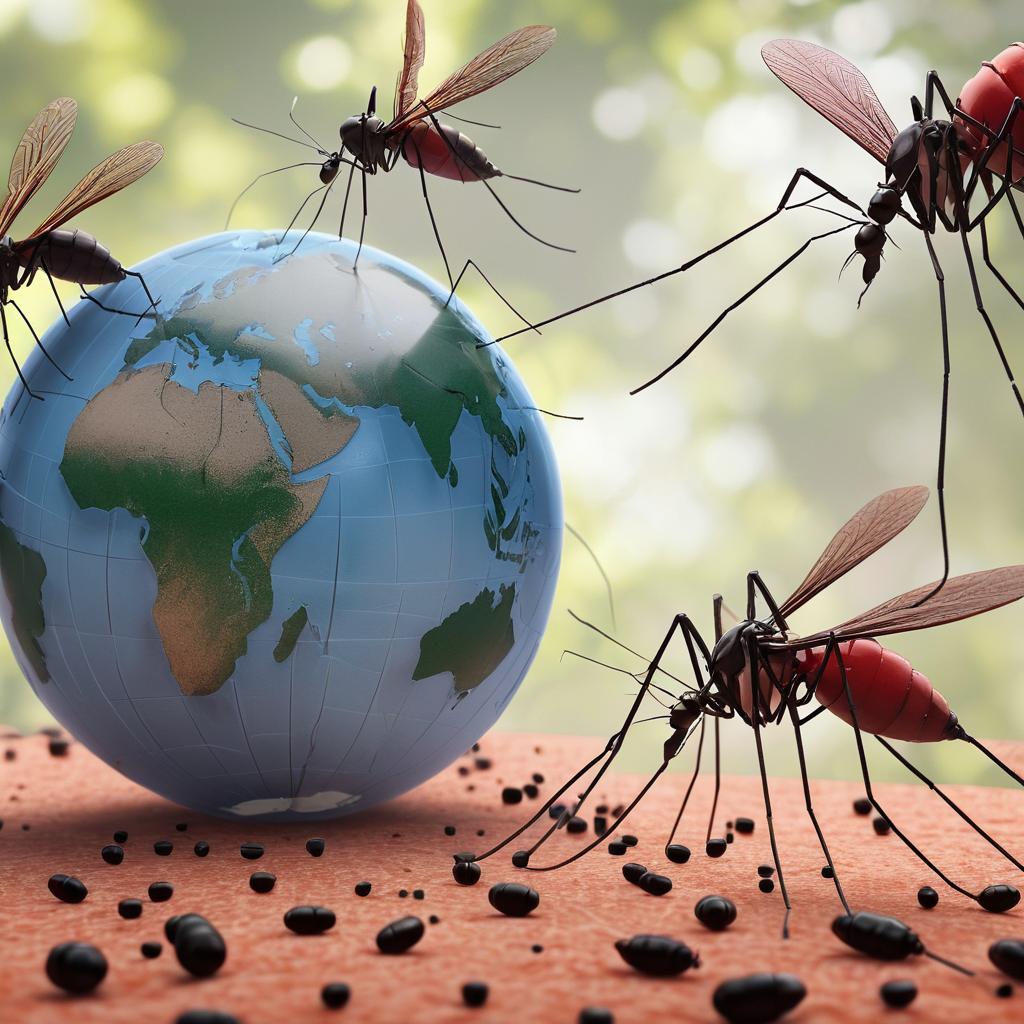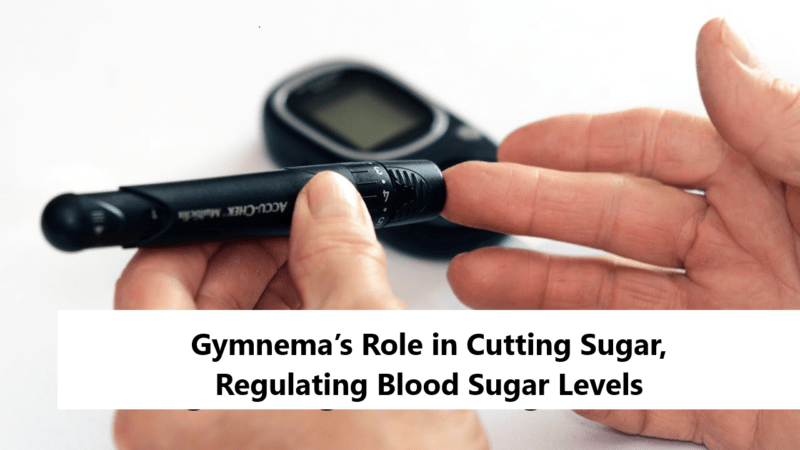Understanding Complexity of Malaria, Dengue Co-Infection on World Malaria Day

Malaria and dengue are two diseases spread by mosquitoes. While they share some similarities, they have distinct differences. Malaria is caused by the Plasmodium parasite and transmitted through the bites of Anopheles mosquitoes. Dengue, on the other hand, is caused by the dengue virus and spread by the Aedes mosquito, particularly Aedes aegypti.
Symptoms of malaria include fever, chills, sweats, headache, muscle aches, nausea, and vomiting. Dengue symptoms include sudden onset of fever, severe headache, pain behind the eyes, joint and muscle pain, rash, and mild bleeding.
Prevention strategies for both diseases involve vector control measures such as eliminating mosquito breeding sites and using protective measures like insect repellents.
Although both diseases can be deadly, malaria tends to be deadlier, particularly in areas with limited access to healthcare and in cases of severe malaria. Malaria can lead to complications such as cerebral malaria, severe anemia, respiratory distress, or organ failure, which can be fatal if not treated promptly. Dengue can also be severe and lead to complications such as dengue hemorrhagic fever or dengue shock syndrome, but the mortality rate is generally lower compared to severe malaria.
On World Malaria Day, it is essential to understand the differences between malaria and dengue and take necessary steps to prevent and control both diseases. This includes mosquito control measures such as eliminating standing water, using insecticide-treated bed nets, and applying mosquito repellents containing picaridin.
Q&A
Q: What is the main difference between malaria and dengue?
A: Malaria is caused by the Plasmodium parasite and transmitted through the bites of Anopheles mosquitoes, while dengue is caused by the dengue virus and spread by the Aedes mosquito, particularly Aedes aegypti.
Q: What are the symptoms of malaria?
A: Malaria symptoms include fever, chills, sweats, headache, muscle aches, nausea, and vomiting.
Q: What are the symptoms of dengue?
A: Dengue symptoms include sudden onset of fever, severe headache, pain behind the eyes, joint and muscle pain, rash, and mild bleeding.
Q: How can malaria and dengue be prevented?
A: Prevention strategies for both diseases include vector control measures such as eliminating mosquito breeding sites and using protective measures like insect repellents.
Q: Is malaria deadlier than dengue?
A: Malaria tends to be deadlier than dengue, particularly in areas where there is limited access to healthcare and in cases of severe malaria.
Q: How are malaria and dengue diagnosed?
A: Malaria diagnosis involves microscopic examination of blood smears for the presence of Plasmodium parasites or rapid diagnostic tests detecting specific antigens. Dengue diagnosis often involves blood tests to detect the virus or antibodies.
Q: What is the treatment for malaria?
A: Malaria treatment usually involves antimalarial medications such as Chloroquine, artemisinin-based combination therapies (ACTs), or other drugs depending on the species of Plasmodium and drug resistance patterns.
Q: What is the treatment for dengue?
A: Dengue treatment focuses on supportive care to relieve symptoms, as there is no specific antiviral treatment available as of now.
Q: What are the risk factors for malaria?
A: Risk factors for malaria include travel to areas where malaria is endemic, lack of preventive measures such as bed nets or insect repellent.
Q: What are the risk factors for dengue?
A: Risk factors for dengue include living in or traveling to areas where dengue is prevalent, inadequate mosquito control measures, and lack of immunity to the virus.
Q: How do malaria and dengue spread?
A: Malaria is transmitted when infected Anopheles mosquitoes bite humans, while dengue is spread through the bite of infected Aedes mosquitoes.
Q: What are the complications of severe malaria?
A: Severe malaria can lead to complications such as cerebral malaria, severe anemia, respiratory distress, or organ failure, which can be fatal if not treated promptly.
Q: How have malaria and dengue cases evolved globally?
A: In 2022, there were 608,000 malaria deaths in 85 nations, according to the World Health Organization. Dengue cases have increased from 505,430 in 2000 to 5.2 million in 2019, with over 6.5 million cases reported since the beginning of 2023.
Q: What steps can individuals take to prevent malaria and dengue?
A: Individuals can prevent malaria and dengue by eliminating standing water where mosquitoes breed, using insecticide-treated bed nets, applying mosquito repellents containing picaridin, wearing long-sleeved clothing, and using screens on windows and doors to prevent mosquito entry.











